Long, long ago, the Ambassadeur was the king of the plug reels. That time may be gone, but lots of Ambassadeurs are still out there. They are still fine, serviceable pieces of equipment. Except that darned drag may not be working so great.
I have three of the silver Ambassadeurs, and I wanted to bring a couple to Alaska for king salmon duty. The drags were terrible. A little time searching google brought up the solutions.
One is Smooth Drags (http://www.smoothdrag.com). They sell the parts you need to make that drag as smoooth as a baby’s butt.
The other is (I’m not making this up) the United States Catfish Association website (http://www.catfish1.com/forums/f184/replacing-upgrading-drag-washers-ambassadeur-reels-13940.html), where they have a step by step instruction on how to disassemble, replace the drag washers of, and reassemble your Ambassadeur.
I just finished repairing two of my three Ambassadeurs and just ordered the parts for the last one.
Those reels better pack some long underwear. They’re going to Alaska.
John Kumski
All content in this blog, including text and photos, copyright John Kumiski 2011. All rights reserved.
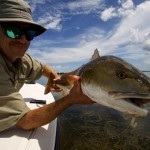
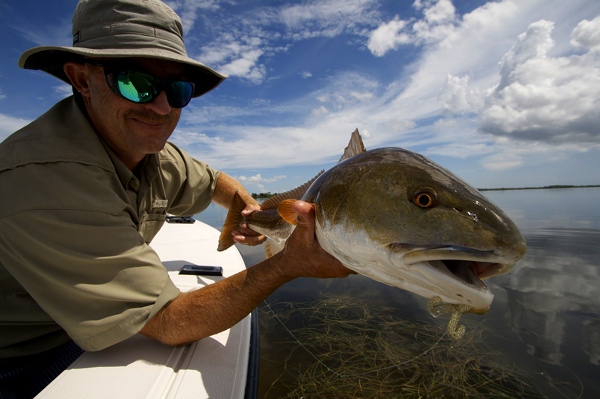
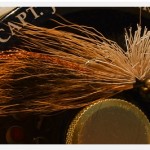
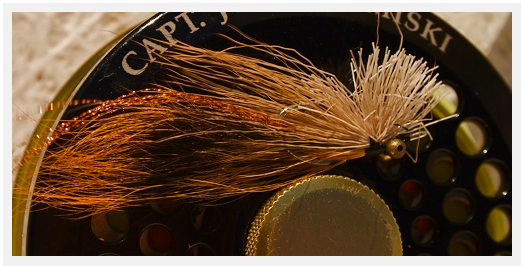
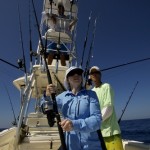

Recent Comments